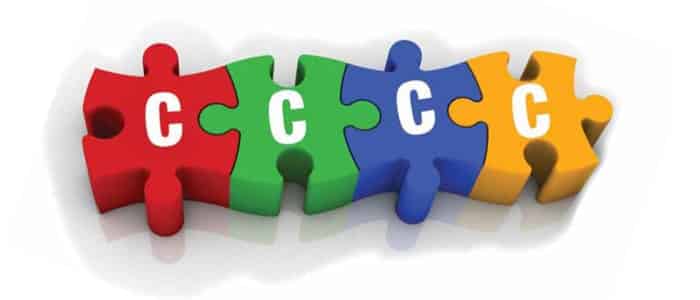To understand what are Erik Erikson’s stages of development and the concept thereof, we need to embrace the fact that each person has his or her own unique identity.
When you dive a little deeper, you’ll understand that a person’s identity is composed of various personality traits. These traits can be classified as positive and negative and vary from person to person.
In short, as humans, we possess many characteristics that sculpt our personality into what we are today. This entire process can be examined more clearly by studying Erikson’s stages of development.
Table of Contents
Who was Erik Erikson?
Erik Erikson was a German-born developmental psychologist who eventually immigrated to American. The 20th-century psychologist is most famous for the concept of identity crisis and for the theory of psychosocial development.
Erikson was highly influenced by Sigmund Freud and worked hard to carry forward his works in human psychology. Erikson’s stages of development has also helped the psychologist gain worldwide recognition.
What is Erikson’s Theory of Psychosocial Development?
In Erikson’s Theory of Psychosocial Development, Erikson discusses eight stages of personality development which starts from infant-hood to adulthood. In each stage, the person will experience a psychosocial crisis which will either lead into a positive or negative outcome in terms of personality development. According to Erikson’s stages of development, each person must overcome each stage to successfully adjust to their surroundings.
This theory comprises of eight distinct stages which play a pivotal role in building one’s personality:
1. Trust vs. Mistrust (Infant – 18 months)
Newborn babies must depend on the people around them to fulfill their needs. Because babies are new to this world, they might find their surroundings threatening at first. Depending on how the baby is treated, this feeling of fear and threat can be replaced with a sense of security.
Parents are usually the first to instill feelings of trust among their children by providing them shelter, food, and warmth.
2. Autonomy vs. Shame and Doubt (18 months – 3 years)
After the ages of 18 months, the child becomes more and more capable of fulfilling his own needs. According to Erikson, children should be taught the basics of taking care of themselves. With this new found independence, the child is elated to establish control.
Children should be encouraged to assert their independence. However, at the same time, parents must not damage their child’s self-esteem by criticizing them for not being able to perform tasks.
3. Initiative vs. Guilt (3 – 5 years)
Between the ages of three and five, children are usually sent off to school where they learn new concepts. As the child grows up, they are given the freedom to explore their surroundings and overcome new challenges.
However, not being able to accomplish certain tasks can take a toll on the child’s self-esteem, resulting in a sense of guilt.
4. Industry vs. Inferiority (5 – 13 years)
As children grow, they develop a better sense of their surroundings. Additionally, going to school paves introduces the concept of logical reasoning and scientific reasoning. In this stage, the child is likely to become more competitive and may develop the urge to outshine their peers.
As they continue to successfully perform tasks, children start to gain self-confidence. However, failure to complete tasks may lead to children feeling inferior about themselves.
5. Identity vs. Role Confusion (13 – 21 years)
Teenagers and young adults often struggle in the path of self-discovery. During this stage, adolescents perform an intense exploration of personal values, goals, and beliefs. Then comes the transition from childhood to adulthood which is perhaps the most important transition of all.
As young adults become more independent, they establish future goals in terms of career, families, and relationships whilst building their interpersonal skills. Not being able to fit into society and accomplish these goals can lead to role confusion.
6. Intimacy vs. Isolation (21 to 39 years)
People falling under this age bracket grow worried about finding the right partner. They often fear of ending up alone and spending their lives in isolation. Young adults are considered as most vulnerable to loneliness and intimacy.
Unfortunately, not everybody ends up with their soul mate and may have to spend the rest of their lives as singles.
7. Generativity vs. Stagnation (40 to 65 years)
In this stage, adults dedicate most of their time to work. At this point, adults feel the need to contribute to society and leave a legacy.
Not being able to differentiate in their surroundings can contribute to feelings of remorse. Additionally, adults may end up feeling like an unproductive member of society.
8. Ego Integrity vs. Despair (65 years and older)
During this stage, most adults become old and frail, edging into retirement. Senior citizens often spend most of their time contemplating about their accomplishments or grieving about their past. Not being able to accomplish can often lead to hopelessness and depression. Consequently, senior citizens who feel like they have fulfilled their purpose in life develop a feeling of integrity.
Understanding Erikson’s stages of development can provide us a clear outlook of personality development. While some people may find these theories vague, others may be able to relate to it.
What do you think? Tell us in the comment section below.







